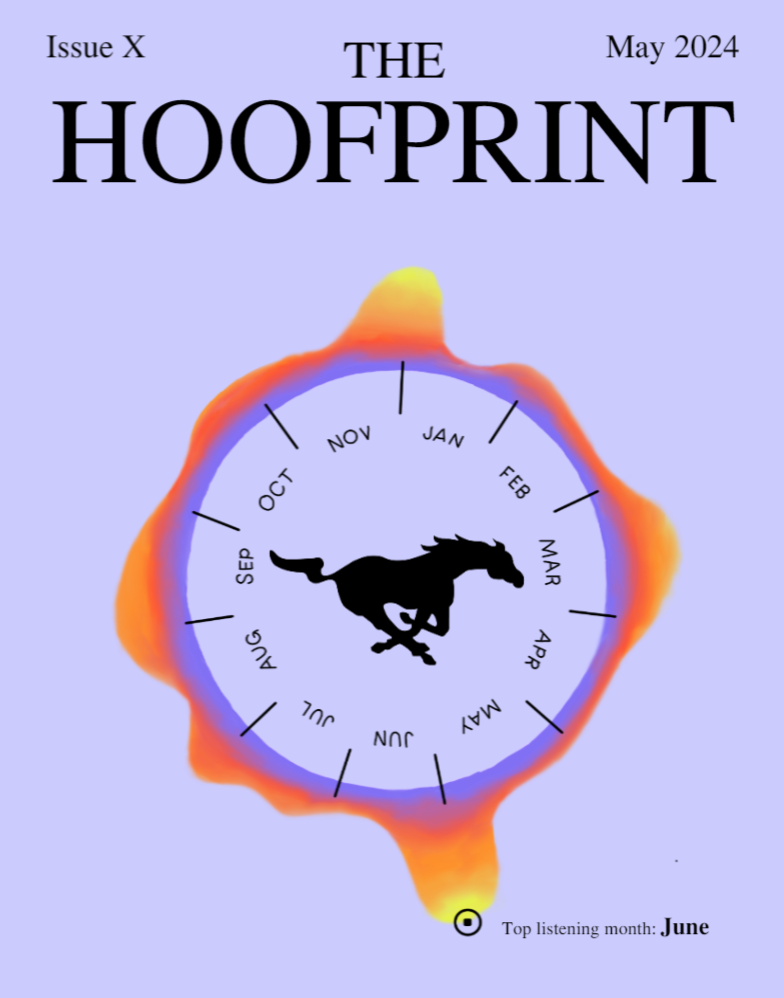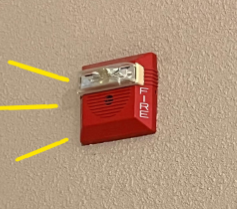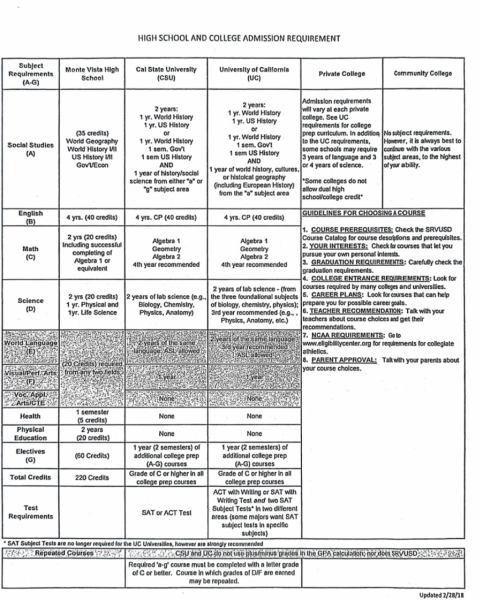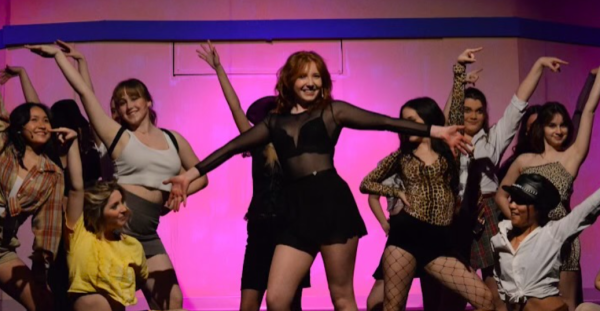The “fakeness epidemic”
January 15, 2019
As one walks through the campus of Monte Vista, from an outside perspective, MV may seem like a typical American high school (with a glass building in the center).
However, behind this innocent exterior the whispers in the halls are filled with variations of this one common phrase, “Ugh, she’s so fake!”
Now, before we dive into the complexities of fakeness, some may be asking: what exactly is a fake person?
Well, according to the prestigious Urban Dictionary, a fake person is “Someone who talks smack about a certain person, and then when that certain person is around they are nice to them.” Wow…what a staggering concept.
Everyone can remember their first experience with fakeness. For most it occurs around middle school, seventh or eighth grade- perhaps even earlier with some. It’s usually a paradigm shifting experience. The thought of someone who you believed to be a true friend going behind your back and saying things you could never imagine. This type of betrayal stings like no other.
Fakeness has arguably gotten progressively worse with the emergence of smartphones and social media. We are no longer dealing with the fakeness of the 1900s, but an even more enigmatic form. This is most definitely not your grandmother’s fakeness- the simple talking behind ones back. The fakeness of today consists of numerous sly menouvers all done from behind a screen, involving screenshots, secret 3 way calls, anonymous comments- it has gotten out of control. Fakeness can even be extended into texting situations, especially in the world of group chats.
Many people hold the belief that teenagers, especially teenage girls, are the fakest of fake, and this type of behavior is one that is exclusive to High School however numerous studies have shown adults, such as middle aged women, can be just as much so, they have just mastered the art of fakery and are at such a level they may actually appear genuine.
Being called fake isn’t the worst, or only thing that someone can be called, though. Being known as a “snake” is a far more serious allegation. A snake is essentially a fake person, but more malicious. Being labeled as a snake means one is completely untrustworthy. Apart from snake and fake, there are numerous other labels- backstabber, two faced, a gemini… the list goes on. Regardless of the name, they are all not something you want to be called.
So you may be asking, what is the difference between a gossiper and a snake for instance? Well, a gossiper is simply someone who is spilling tea with their fellow friends or acquaintances.
Some signs in spotting a fake friend are the following:
1. They only seem to talk to you when they want something. No “Hello”, “Hi”, “How are you?”.. it’s always “Can I have a ride?” or “Did you do the homework?”
2. You’re not really yourself around them. You feel a pressure to change yourself.
3. They’re always bringing your spirits down.
4. They’re never happy for you.
5. They’re clout chasers who use you. New car? Guess what? There’s 8 people who suddenly wanna hang out.
Overall it can be safely said that fakeness is everywhere.










